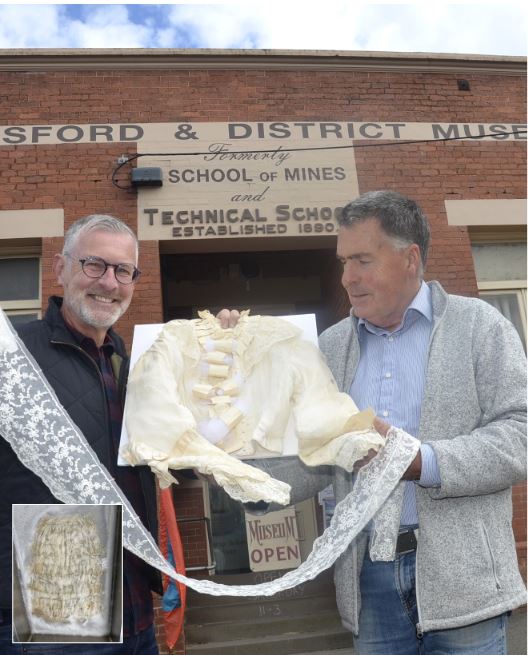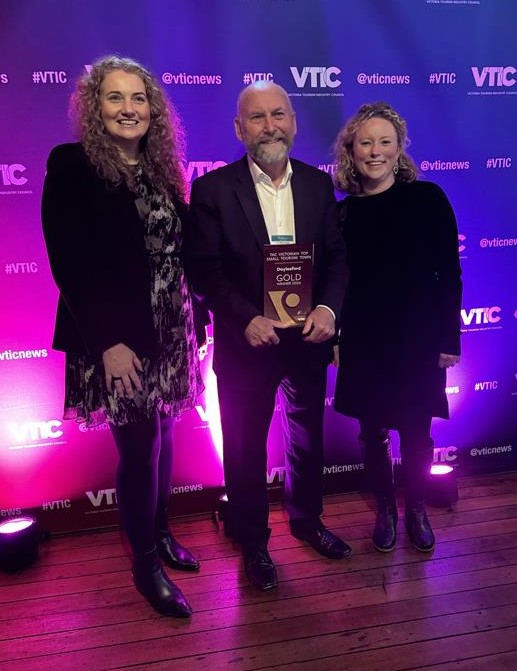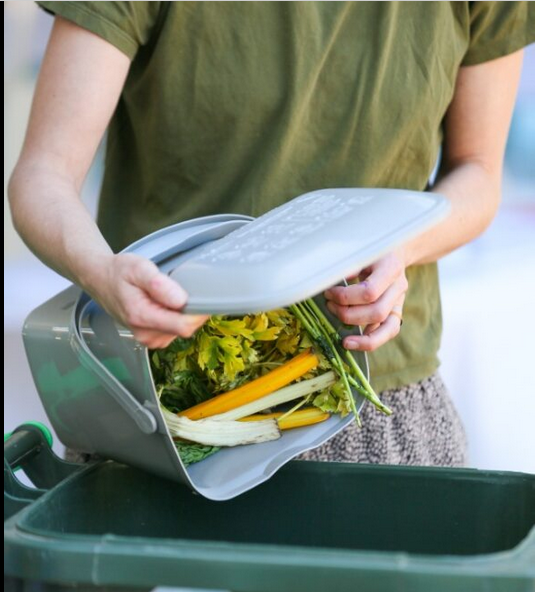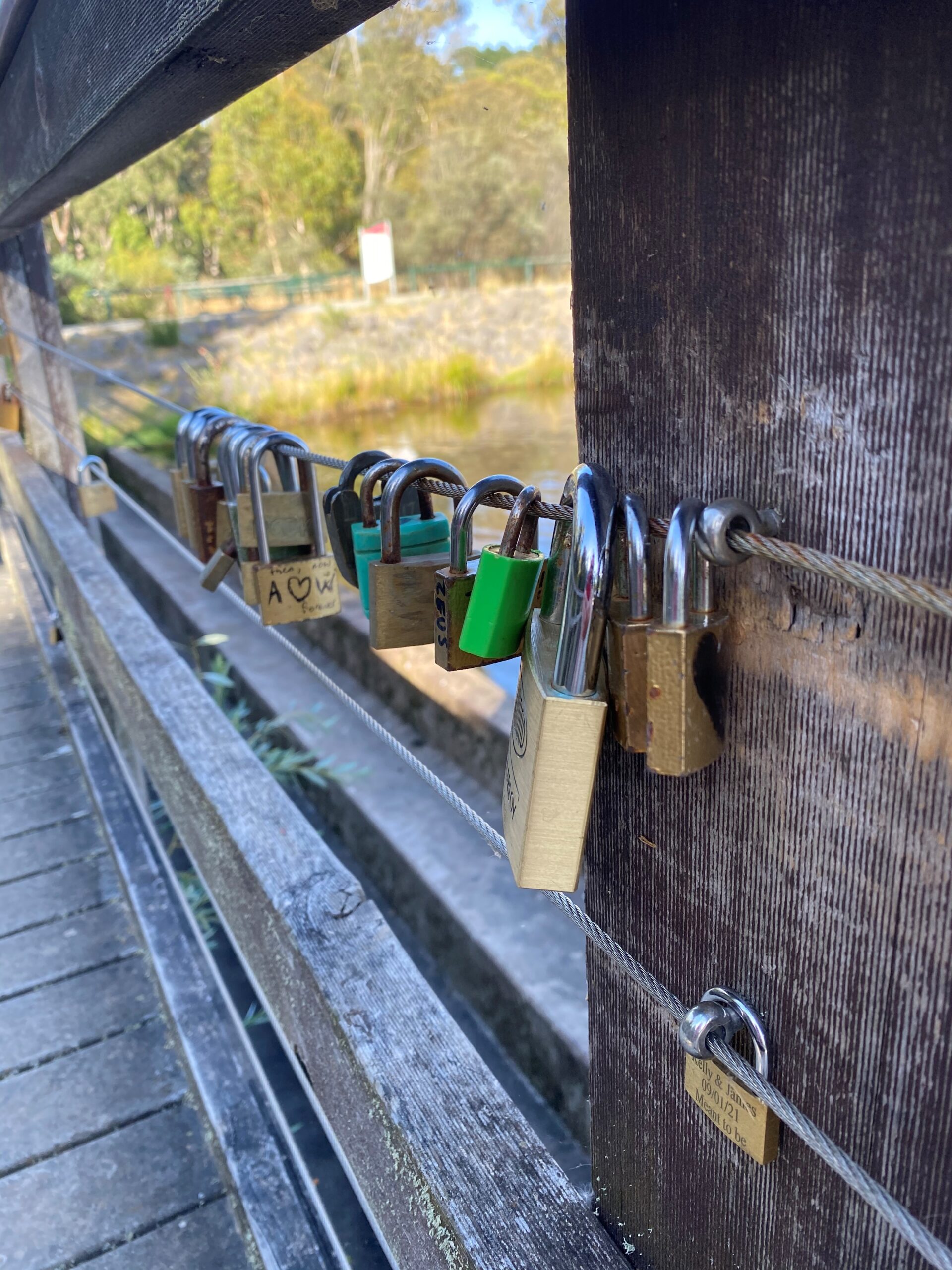May 23rd, 2024Bringing a 19th century wedding day beauty back to life

Qualified textile conservator Larry Edwards knows how to bring beautiful but time-worn vintage garments back to life and make them “talk”.
But when you’re talking a wedding dress made in the 1800s and stored for many decades, this is no easy process. One must really know their stuff as one false step could set the whole process back
– potentially irretrievably.
Right now this local expert in restoring and conserving valuable vintage textiles is midway through resurrecting a significant historic wedding dress held in the Daylesford & District Museum collection, ahead of its public exhibition later this year.
Museum curator Gary Lawrence says the beautiful historic dress was offered to the museum by the region’s Trewhella family.
The linen, cotton and silk tulle lace number was worn by Sarah Trewhella (nee Hosking) upon her marriage to Ben Trewhella on January 7, 1885 at her parent’s home in Simmons Reef.
For so many decades it had sat in a box, its considerable beauty fading with each passing year, but now, assisted by some funding through the Rosalind Pyers Memorial conservation support fund, the museum has been able to draw on Larry’s expertise to bring the glorious garment back to be publicly admired.
Larry has an extensive background in costume construction and had been working in the costume department with the Cirque du Soleil when Covid hit shutting down the circus’ big touring plans.
But Larry made good use of lockdown, using the disruption to the circus’ touring plans to take on masters studies in conservation of cultural materials, specialising in textiles, through Grimwade Conservation Services at University of Melbourne.
“As part of this I needed to complete a thesis so I asked to do one based around a significant assessment of the textile collection held with the Daylesford Museum,” says Larry who is also a volunteer with the local museum.
“(Fellow museum volunteer) Judy Files and myself both worked for over a year. We went through every box and categorized, catalogued and photographed every item… 1011 textile items. It was a wonderful project, an incredible collection.”
Items in the museum’s textile collection chart the decades and fashion eras from early European settlement of the area and the 1800s. They range from miners’ boots, which still had dirt from the gold rush era embedded in them, to beautiful silk wedding shoes, and from rare yesteryear men’s uniforms to a notable assemblage of Victorian ladies’ parasols.
All have a tale to tell, says Gary who is keen to see many of those stories shared
and made known.
Now Larry has not only completed his masters degree but the museum has a beautifully catalogued textile collection of remarkable historic clothing and textile accessories that can now be readily sourced for any exhibition they may relate to in the future, Gary says.
As the museum eagerly anticipates this June for the conclusion of a protracted major upgrade works project, it is planning three exhibitions beginning with a Daylesford Ceramics Collection exhibition over the June long weekend, Gary says.
Beyond that, the museum is looking to stage an exhibition celebrating winter in the gardens with Friends of The Wombat Hill Botanic Gardens.
Finally, an exhibition focussing on the collection of special occasion garments is envisioned for September with the painstakingly restored Trewhella wedding dress a highlight.
Larry says that already at least 50 hours have gone into the restoration of the vintage garment with the process to date focussed on assessment and cleaning, an arduous process involving pH analysis and washing separate parts of the garment with different treatments according to the fabric they’re made from.
The treatments that Larry has used to bring the gorgeous garment back to life are now set to be among those detailed at the Textile Conservation symposium at the National Gallery of Victoria on June 27.
“This dress was very thirsty. It had been in a box and folded into three. It had to be humidified first just to get it sitting straight,” Larry says.
The dress’ skirt is linen, its bows and accessories silk, its top cotton, and it features silk tulle lacework.
The garment also features a bustle which required specific analysis to restore to its former glory, while missing lace from elsewhere in the garment had to be carefully matched and replaced using lace imported from a company in the UK that still produces lace and trim made using original machines of the 1800s.
“My challenge now are the sleeves,” says Larry who’s anticipating “at least” a further 50 hours of very detailed work ahead to bring the dress up to a point where it’s ready to go on public display.
The fact that Larry is a man who loves what he does is revealed in the way he refers to the item he is working on.
“She has had five baths,” he says, admitting that the dress has revealed “herself” to have a character all her own and a story to match.
“This is a Victorian era dress, Queen Victoria’s era. I can tell she has been made by someone on a very early treadle machine. She was not made in a couture fashion house. The lace would have been imported.”
As the restoration progresses, Gary and the Daylesford and District Historic Society’s dedicated team of volunteers that run the not-for-profit museum are keen to share the story right through to “the big reveal”. So watch this space…
Words: Eve Lamb










